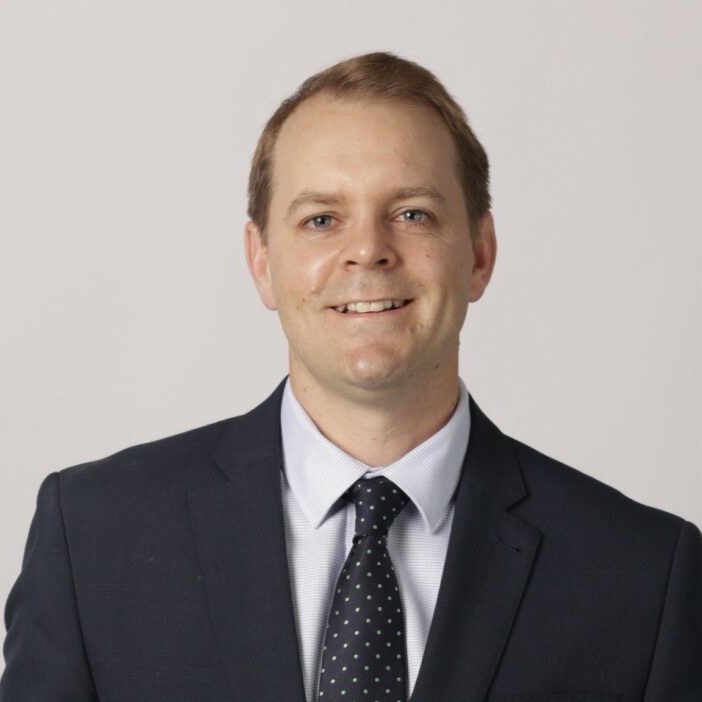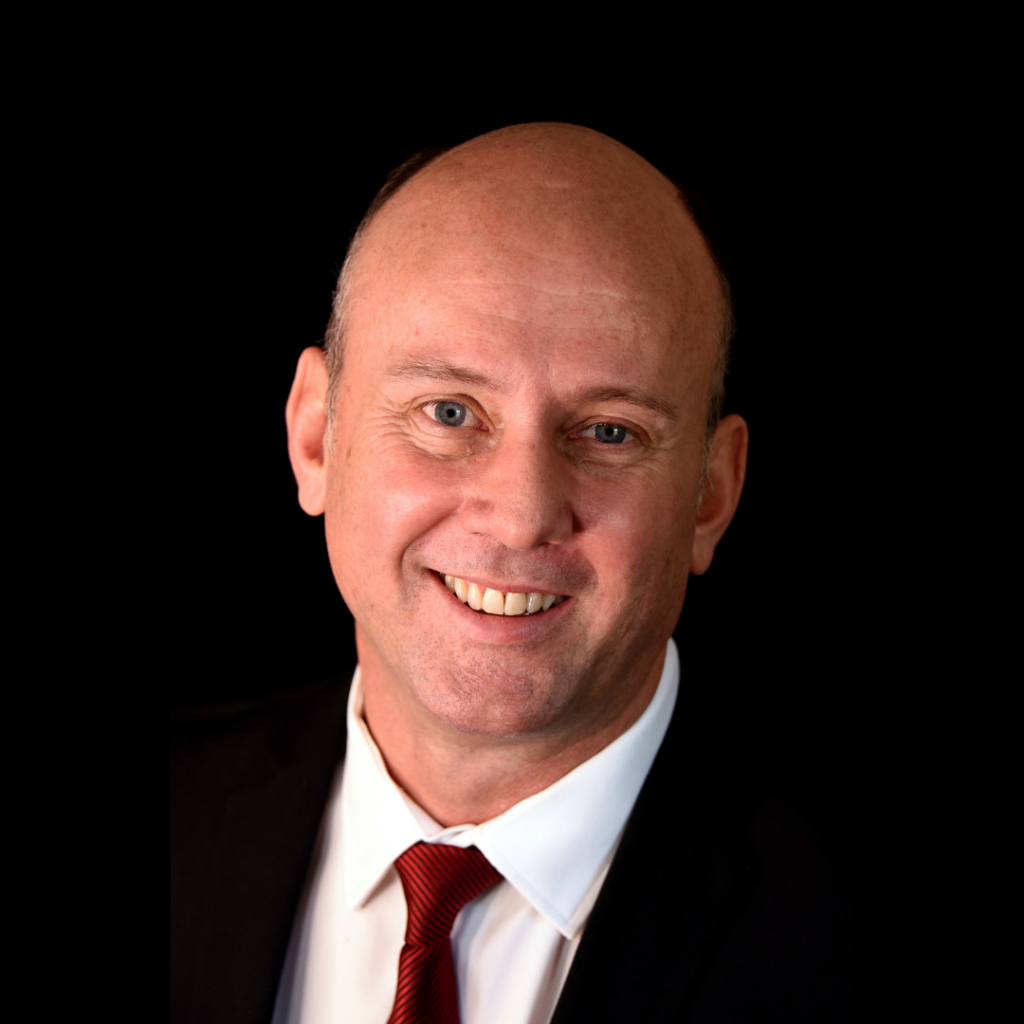
Join us for an exclusive round table discussion with four of the country’s top investment and financial planning professionals, focused on
retirement planning and guiding clients to financial independence.
Register today, free of charge, to stay informed of future round table discussions
Expert Panel
Moderator
Ian Jones is the Chief Executive Officer and Director of Fundhouse South Africa, based in Cape Town. Ian joined the Fundhouse business in 2013. He is a qualified actuary who started in the investment industry in 2001. He has extensive experience in fund research, portfolio construction and the broader asset management and financial advisory industries.
Ian was previously the Chief Operating Officer of a boutique asset manager in South Africa. He also has international experience, having spent five years in Australia and 2 years in the United Kingdom.
Speakers

Fareeya Adam has been with Momentum for more than 16 years. She started as a student straight after university and has spent most of her time in product development roles, with a stint in the valuations team.

I believe that all of my clients are unique and, that helping them plan for their future’s, is one of the most valuable roles we have in a client’s life. I focus on consistently trying to balance “return of investment” with “return on life”.

Wouter Fourie, CFP® is the CEO of Ascor® Independent Wealth Managers, one of the first multidisciplinary practices in South Africa.
IAN JONES (IJ): When a client asks you how much is enough, where do you start?
WOUTER FOURIE (WF): There is a simple answer to the question and that is as much as possible. Retirement planning is different for everyone depending on their age of retirement, whether they have dependants and their lifestyle. It’s a very personal question and it is always difficult to give a simple answer to it. That’s why clients need the assistance of a financial planner to sit with them and work out their budget.
Each one of us has different lifestyle needs and important information like inflation and expected lifetime need to be factored into your budget numbers. So the easy answer is as much as possible and the difficult answer is that you need to sit down with the client and work through their personal budgets to understand exactly what their needs are and how escalations would influence the drawdown on their portfolios.
To give guidance in terms of planning, you need about R1-million to provide you with R4 000 per month income. This is not a calculated amount but at least it gives you a guidance number to work from.
IJ: And Tom, your thoughts on the same question but if you could also touch on the 4% rule. (South Africans seem more conservative – we look at the 5% rule as the maximum amount of potted retirement to withdraw.) Is this a concept that you consider when dealing with your clients?
TOM BRUKMAN (TB): I agree with Wouter. It is a very individual question and it is difficult to give a blanket answer. The 4% or 5% rule has been thrown around for decades and is interesting because it is so blanket and covers many factors.
The factors around the growth in an investment do not really, in my view and where I sit as financial planner, get to the core of giving the person the confidence and security they are looking for in knowing that they can retire successfully or the way they want to.
Spend time to look at the picture of what that retirement looks like. I think that’s important. That picture then helps you advise on the factors most important to the person – what’s going to make a difference and how they’re going to plan to get to that successful retirement.
The maths is there but as we have seen in the last few years, the maths gets skewed in extreme times and so if you can just keep people focused on the picture and the context around that picture, I think they have a far more secure and better chance of reaching that successful retirement period in their life.
IJ: Fareeya, what factors do you consider when you propose a retirement solution to your clients?
FAREEYA ADAM (FA): We have started to think more practically around how clients can approach retirement and then we apply rules of thumb. One concept gaining traction over time is to start by having a reasonable estimation of what you think your living and your life expenses in retirement are going to be.
We think of life expenses as those expenses that you must cover; these expenses are for the things that you cannot do without; your medical aid, place to live, grocery and electricity bills every month. Then there’s the living expenses where you have a little bit more flexibility. This will start to give people a range of what their expenses are likely to look like in retirement and then you can more easily apply the rules.
Another rule of thumb that floats around is the rule of 300 that says if you have your monthly expenses, you can multiply the total figure by 300 and that should give you enough to cover 25 years’ worth of expenses.
As Tom and Wouter mentioned, it is very personal because you don’t know how long you’re going to live, and you don’t know what the effects of inflation are, but this at least starts to give you some guidelines around what you should be targeting.
IJ: When people look at inflation, they consider the CPI basket which sits on average at 5.5%. How do you think about inflation when you are talking to clients approaching or in retirement?
FA: CPI rates are based on a basket that is not necessarily relevant; if you look at the cost of food, for example, it is much higher than that. What we see is that lower income earners feel a much higher level of inflation because their basket is made up of more of those items that are inflating higher.
The higher income earners may be experiencing something similar. There are certain things like insurance that increase at a lower rate. At the same time, medical inflation is expected to be 2% to 3% higher than inflation.
Everyone needs to understand what their own basket is and how inflation is going to affect it. This need must then translate into a retirement solution and an investment strategy that gives a client the best chance of achieving their preferred lifestyle.
IJ: Wouter, Fareeya raised an interesting point in that we have seen, with rates going up, life annuities becoming a more popular option for certain clients and advisors. What are your thoughts on using life annuities or blending them with living annuities?
WF: It is important to understand where annuities fit in financial planning: the two-thirds that is withdrawn from a pension at retirement is used to buy a compulsory annuity. The compulsory annuity gives you the option of two types of annuities, the one is what we call a life annuity and the other is a living annuity.
Over the past few years, the industry has used living annuities on a huge scale. I think it is because the rates that were offered by life annuities were never very competitive but over the last year, we have seen a change in the environment where bond rates started spiking and inflation rates have picked up, so life annuity rates are becoming very attractive.
In our own business, we converted a large portion of our living annuities into life annuities and new hybrid annuities are available where you can have a combination of the two in your portfolio.
This provides a client with certainty. It provides a client with certainty of income, certainty of escalation rates and it also addresses that important aspect called longevity. It provides an income for life as none of us have the benefit of predicting our own life or date of death. The life and hybrid products are a good way of combining certainty into portfolios now especially with the higher rates that are available.
TB: The advent of the hybrid model has really been huge and we look at it very closely for our clients because our clients convert their whole living annuity, or at retirement stage, their compulsory annuity, into a life annuity. It may give them certainty, but a lot of them want a legacy and for their living annuity to be passed on to their children.
The hybrid annuity addresses concerns around certainty, longevity and legacy. They are a great addition to the industry, solving the issue around taking risk and spreading it between the client, us and the life company doing the life annuity side.
IJ: Are hybrids being used more broadly in your business?
FA: At the start of Covid-19, guaranteed life annuities really started to pick up. As an industry, we saw that the amount of money flowing into life annuities doubled and year-on-year that trend continues to increase.
People are starting to appreciate their guaranteed nature and the passing-off of inflation, investment and longevity risk to an insurer rather than keeping all the risk themselves.
Wouter mentioned the returns on life annuities. In the current environment, you can lock into between 9% and 12% per year at the level of income that you are guaranteed to receive depending on your type of income.
There are lots of options in terms of ensuring that you get an income for yourself or your partner and locking into increases talks quite nicely to the CPI risk we mentioned previously. CPI annuities tend to be a little more expensive but fixed increases, where you lock into an income that increases by for example, 5% every year, can provide valuable security.
And I agree 100% with Tom and Wouter that the advent of the hybrid annuity is special because previously we saw a situation in the market where the choice was between a living annuity and taking on all the risk or a life annuity where clients did not keep any of the upside potential.
Now we are starting to blend these in a way that makes sense for each individual client, and I think it is quite powerful. The hybrid annuities are being offered now at Momentum Investments – including to existing living annuity clients.
IJ: Fareeya, please discuss the use of retirement annuities, tax-free investments and endowments and how they can benefit an individual. Let’s use a high-net-worth individual who is saving towards retirement and has a higher tax rate as an example.
FA: Retirement annuities are a good tax-efficient vehicle for all tax brackets because there is a tax deductibility on contributions. All the growth inside of the retirement annuity is tax free.
If you consider that you invest for about 20 to 30 years in both the pre-retirement and the post-retirement periods, the benefit can be substantial. When you convert the money to an income at retirement, you pay tax at your marginal tax rate.
Another one that I think is very interesting is the tax-free investment, also referred to as the tax-free savings account. It is limited, so the total yearly contribution in a tax year may not exceed R36 000, while the total lifetime contribution may not exceed R500 000. However, the tax-free nature of the investment growth is not limited in total. The longer you stay invested, the more you can benefit.
This makes it very suitable for retirement provision. If you withdraw from a tax-free investment, you cannot put that money back in to the investment. Once you have used your R36 000 per year it is gone so ideally you shouldn’t be withdrawing from it. You should deposit it into a tax-free investment and leave it for the longer term.
The tax rate for endowments is 30% but here is where it is suitable for a high-net-worth individual because the maximum tax rate on individuals is 45%, which is quite a big saving that you make.
The first five years of an endowment are restricted but thereafter there is flexibility in accessing the money or adding more money when you need to and so definitely for high-net-worth individuals, the endowment should be considered as an opportunity.
IJ: If a 35-year-old family member approached you for your pearl of wisdom regarding retirement, what would you advise them in terms of the next 30 years as they approach retirement?
WF: Number one, start with the end in mind. I would also add that steady plodding not hasty speculation brings prosperity.
TB: Empower yourself now, empower yourself and be proactive. No-one is going to hand you a detailed, bespoke financial life plan without you taking the steps to understand what the plan means for yourself. Speak to people, read and engage with a professional that makes you feel comfortable that they are going to help you.
If you empower yourself, you become aware. You can make the decisions now and over time they will provide the life, the independence or whatever your objective is. So, start now and empower yourself.
FA: There will come a point in your life where you will be responsible for paying yourself a salary so start to plan for that today and plan consistently until the day comes.
Watch the full discussion to find out more…





